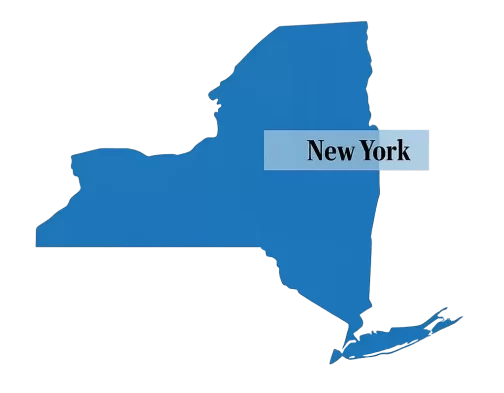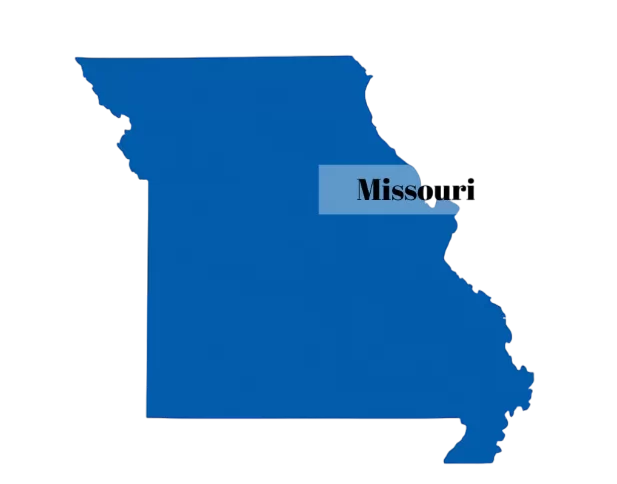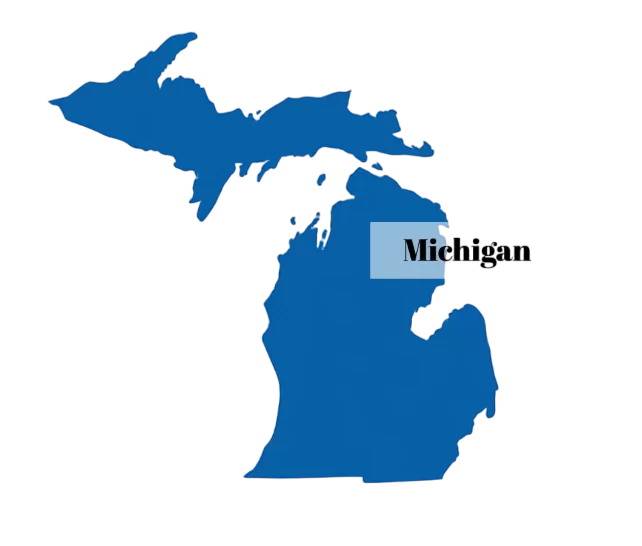Medicaid is a government-sponsored health insurance program designed to provide essential medical services to individuals and families with limited financial resources. It is a joint initiative between the federal and state governments, which means that while the federal government sets certain guidelines, each state has the authority to administer its own Medicaid program, tailoring it to meet the specific needs of its residents. The primary goal of Medicaid is to ensure that low-income individuals, including children, pregnant women, elderly individuals, and people with disabilities, have access to necessary healthcare services without facing overwhelming financial burdens.
Eligibility for Medicaid varies from state to state, but generally, it is determined by income level, household size, and specific circumstances such as age or disability status. In New York, for instance, the income limits are set based on the Federal Poverty Level (FPL), and applicants must demonstrate that their income falls below this threshold. Additionally, certain groups are automatically eligible for Medicaid, including those receiving Supplemental Security Income (SSI) or Temporary Assistance for Needy Families (TANF).
It is important for potential applicants to understand that eligibility criteria can change, so staying informed about current regulations is crucial.
Key Takeaways
- Medicaid is a government program that provides health coverage to low-income individuals and families.
- Eligibility for Medicaid is based on income, family size, disability, and other factors.
- To apply for Medicaid in New York, individuals can use the NY State of Health website, call the Medicaid Helpline, or visit a local Department of Social Services office.
- There are different Medicaid plans available in New York, including Managed Care, Fee-for-Service, and Medicaid Advantage Plus.
- Medicaid cards include important information such as the cardholder’s name, Medicaid ID number, and the name of the managed care plan.
How to Apply for Medicaid in New York
Applying for Medicaid in New York can be a straightforward process if you are well-prepared. The first step is to gather all necessary documentation, which typically includes proof of identity, income verification, and information about any assets you may have. This documentation will help establish your eligibility and streamline the application process.
You can apply for Medicaid online through the New York State of Health website, by mail, or in person at your local Department of Social Services office. Each method has its own advantages; for example, applying online allows for quicker processing times. Once you submit your application, it will be reviewed by the appropriate authorities.
If additional information is needed, you may receive a request for further documentation. It is essential to respond promptly to any inquiries to avoid delays in your application process. After your application has been processed, you will receive a notice informing you of your eligibility status.
If approved, you will be issued a Medicaid card that you can use to access healthcare services.
Understanding the Different Medicaid Plans

Medicaid offers a variety of plans tailored to meet the diverse needs of its beneficiaries. In New York, there are several types of Medicaid programs available, including Managed Care Plans, Fee-for-Service Plans, and Special Needs Plans. Managed Care Plans are designed to provide coordinated care through a network of healthcare providers.
Beneficiaries select a primary care physician who oversees their medical needs and coordinates referrals to specialists as necessary. Fee-for-Service Plans allow beneficiaries more flexibility in choosing healthcare providers without being restricted to a network. This option may be beneficial for individuals who require specialized care or prefer to see specific doctors.
Special Needs Plans cater specifically to individuals with unique healthcare needs, such as those with chronic illnesses or disabilities. Understanding these different plans is crucial for beneficiaries to make informed decisions about their healthcare options and ensure they receive the best possible care.
What Information is Included on a Medicaid Card
| Information Included on a Medicaid Card |
|---|
| 1. Name of the Medicaid beneficiary |
| 2. Medicaid identification number |
| 3. Date of birth |
| 4. Effective date of coverage |
| 5. Plan or program name |
| 6. Contact information for Medicaid provider services |
A Medicaid card serves as proof of eligibility for the program and contains essential information that beneficiaries need to access healthcare services. Typically, the card includes the beneficiary’s name, Medicaid identification number, and the effective date of coverage. This information is vital when visiting healthcare providers or pharmacies, as it verifies that the individual is enrolled in the Medicaid program and eligible for benefits.
In addition to personal information, the card may also indicate any specific managed care plan the beneficiary is enrolled in. This detail is particularly important because it informs healthcare providers about the network they must adhere to when delivering services. Some cards may also include contact information for customer service or support lines, allowing beneficiaries to seek assistance with any questions or concerns regarding their coverage.
How to Use Your Medicaid Card
Using your Medicaid card is relatively straightforward once you understand how it works. When you visit a healthcare provider or pharmacy, present your Medicaid card at the time of service. The provider will verify your eligibility by checking your information against their records.
If you are enrolled in a managed care plan, it is essential to ensure that the provider is part of your plan’s network; otherwise, you may incur out-of-pocket costs. In addition to medical services, your Medicaid card can also be used for various other benefits, such as prescription medications and mental health services. It is important to keep your card safe and secure, as it contains sensitive information that could be misused if lost or stolen.
Always carry your card with you when seeking medical care to ensure a smooth experience.
What to Do if You Lose Your Medicaid Card

Losing your Medicaid card can be concerning, but there are steps you can take to obtain a replacement quickly. The first action should be to report the loss to your local Department of Social Services or the New York State of Health customer service line. They can guide you through the process of obtaining a new card and may ask for some identifying information to verify your identity.
Once you have reported the loss, you can request a replacement card either online or by mail. In many cases, you may receive a temporary card that allows you to access services while waiting for your new card to arrive. It is crucial to act promptly when losing your card to avoid any disruptions in your healthcare services.
Common Misconceptions About Medicaid Cards
There are several misconceptions surrounding Medicaid cards that can lead to confusion among beneficiaries. One common myth is that having a Medicaid card means individuals do not have any out-of-pocket expenses for medical services. While Medicaid covers many healthcare costs, some services may still require co-pays or deductibles depending on the specific plan and provider agreements.
Another misconception is that all healthcare providers accept Medicaid. While many do, not every provider participates in the program or accepts all types of Medicaid plans. It is essential for beneficiaries to verify that their chosen provider accepts their specific plan before seeking services to avoid unexpected costs.
Additional Resources for Medicaid Cardholders in New York
For those navigating the complexities of Medicaid in New York, numerous resources are available to provide assistance and information. The New York State Department of Health website offers comprehensive details about eligibility requirements, application processes, and available plans. Additionally, local Department of Social Services offices can provide personalized support and answer any questions regarding benefits.
Community organizations and advocacy groups also play a vital role in assisting Medicaid beneficiaries. These organizations often offer workshops and informational sessions aimed at educating individuals about their rights and available resources under the Medicaid program. Utilizing these resources can empower beneficiaries to make informed decisions about their healthcare and ensure they receive the support they need.
In conclusion, understanding Medicaid and its intricacies is essential for those seeking affordable healthcare in New York. With over 20 years of experience as a quality provider of home care services in New York, Rockaway Home Care stands ready to assist individuals navigating their healthcare options while ensuring they receive compassionate and professional care tailored to their needs.
If you are looking to understand Medicaid cards in New York, you may also find the article on the ABCs of Medicare and Medicaid helpful. This article provides a comprehensive overview of both programs and can help you navigate the complexities of healthcare coverage. You can read more about it here.




